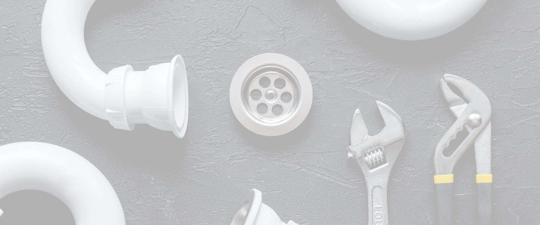Now that the cooler months are here, it is important to note that as much as half of your home’s energy consumption will go towards heating.
“If you want to start lowering your heating bill, it is important to first consider installing and maintaining energy efficient heating equipment,” said ServiceOne President and Founder Bill Gouty. There have been significant advances in home heating systems, with heat pumps becoming the more popular option. “If your system was installed prior to 2006, it’s possible that it could be highly inefficient by today’s standards,” added Gouty. “However, I also recommend taking these 5 simple steps:”
Reverse your fan direction
By reversing the fan’s direction and keeping it at a low speed in a clockwise direction, the blades will create an updraft, taking full advantage of the fact heat rises. This reverse air circulation helps to move hot air downward toward living space and eliminate hot and cold spots.
Close the chimney flue
Since warm air rises, homeowners need to make sure that the same warm air doesn’t escape through any chimneys. If you do use your fireplace, be sure to keep the damper closed whenever you don’t have a fire going — an open damper is like an open window. And check the damper seal to ensure that it’s tight.
Choose smart window treatments
In addition to weather stripping and sealing leaks around your windows, your choice of window treatments can make a big difference in your home heating costs. Insulated curtains, for example, can help save energy by reducing drafts and heat loss. Billy recommends looking for curtains that include at least acrylic or high-density foam insulation and reflective film that helps direct heat into the room.
Investing in insulated curtains will help in insulating heat, however, how you use those curtains will also help with further lowering your heating bill. For instance, take advantage of solar heat — keeping those curtains open during the day will help raise the indoor temperature, while closing them at night will help the room retain heat.
Lower your water heater temperature
Most water heater thermostat manufacturers ship products that are preset to 140 degrees Fahrenheit, but most of us don’t need water that hot. In fact, 120 degrees Fahrenheit is sufficient for most households. According to the U.S. Department of Energy, lowering your water temperature 10 degrees Fahrenheit will lower your energy costs by 3 to 5 percent.
Lower the thermostat
Of course, lowering the thermostat even slightly will help reduce your heating bill. Billy suggests keeping your thermostat around 68 degrees Fahrenheit during the day and if you get cold, reach for a sweater before turning up the heat. For each additional degree you lower the temperature (in the 60- to 70-degree Fahrenheit range) you continue to save cash — up to 5 percent on your heating bill.
“In addition, we can install a smart thermostat that allows the homeowner to adjust the temperature while they are away or asleep,” said Gouty. “The EPA estimates that you’ll save $180 on your annual energy bills this way.”
ServiceOne technicians have the knowledge and experience to deliver both preventative measures and effective solutions for home heating and air conditioning needs. “If your current system is broken, running sloppy or simply out-of-date, I invite you to see what ServiceOne can do for you,” said Gouty. “I truly believe that there’s no reason to waste money on most repairs on an old system.”

